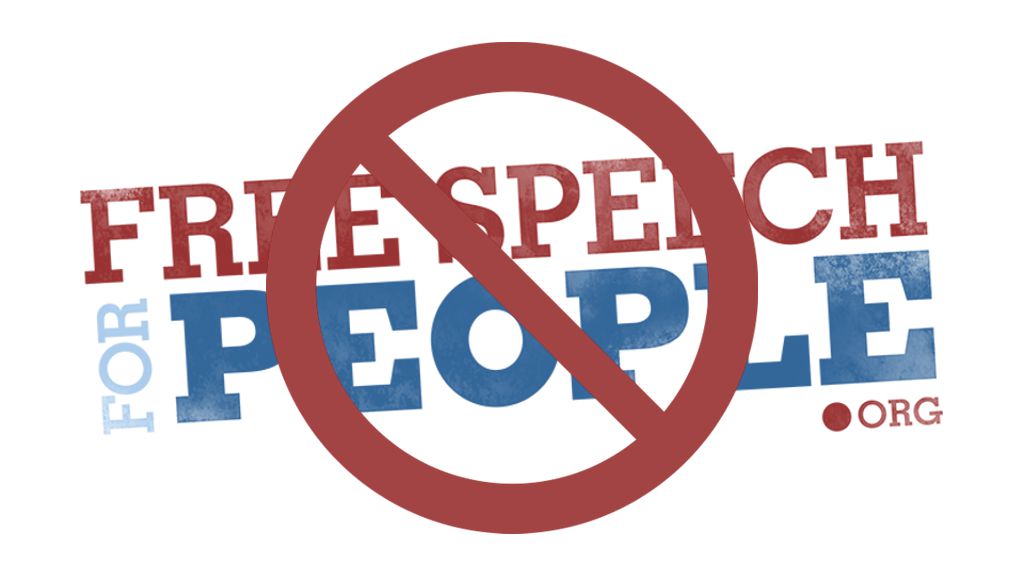Finland formally joined NATO on Tuesday and essentially doubled the military alliance’s border with Russia amid the year-long war in Ukraine—drawing a warning from the Kremlin.
The move by Finland, which shares an approximately 832-mile border with Russia, will bolster NATO’s eastern flank as Finnish Foreign Minister Pekka Haavisto completed the accession process by handing over an official document to U.S. Secretary of State Antony Blinken at its headquarters in Brussels, Belgium.
“We welcome Finland to the alliance,” NATO Secretary General Jens Stoltenberg said at the end of a brief ceremony on Tuesday. “This will make Finland safer and NATO stronger,” he told reporters, adding that Russia has “a declared goal of the invasion of Ukraine to get less NATO along its borders and no more membership in Europe” and the Kremlin is “getting exactly the opposite.”
Both Finland and its neighbor Sweden had previously adopted a policy of non-alignment—namely during the Cold War. However, after the Ukraine-Russia conflict erupted, both countries sought to join the alliance amid fears of a wider conflict brewing in Europe.
As for Sweden, which only shares a maritime border with Russia, its NATO bid remains stuck as top officials in Turkey have accused the Swedish government of harboring left-wing Kurdish militant groups that it has accused of terrorist acts. Hungary has also signaled opposition to Sweden joining the alliance.
But Tuesday’s event marks the end of an era of military non-alignment for Finland that began after the country repelled an invasion attempt by the Soviet Union during World War Two and opted to try to maintain friendly relations with nearby Russia. Since the end of the Cold War three decades ago, Moscow has watched successive waves of NATO expansion to the formerly communist east of Europe with consternation, and the issue drew sharp criticism from Russian President Vladimir Putin long before the invasion of Ukraine.
Reactions
Finnish President Saul Niinisto said Finland’s most significant contribution to NATO’s common deterrence and defense would be to defend its own territory. There is still significant work to be done to coordinate this with NATO, he said.






